REVIEW – The Knights of the Round Table fight beyond the grave in this highly atmospheric and addictive turn-based strategy RPG from Hungarian developer Neocore Games, in which you take control of Mordred, King Arthur’s ambitious, cynical and ruthless bastard, to take on the undead Arthur once more – after the two characters have already executed each other on the battlefield.
The saga of King Arthur and the Knights of the Round Table is one of the most important parts of Western European literature and culture. It has been the subject of numerous literary works, poems, novels, films, operas, cartoons, and video games.
Hungarian Neocore Games now draws us into this highly atmospheric fantasy world through a unique turn-based strategy and role-playing game, which also contains much darker and more gruesome horror elements as we follow the death and resurrection of Arthur and his knights.
The game has been in early access for a year and was released in “final version” about two weeks ago, but we’re already on version 1.04, and there’s still a lot of patching to do… Well, let’s see how this very ambitious Hungarian game turned out.
Father and son confront each other again
King Arthur and his son, Mordred, the usurper conceived by incest from his own sister, are locked in a fierce duel to death. The ruler of the kingdom of Logres knocks out his opponent, but with his dying breath, he deals the monarch a fatal blow. While Arthur is on his way to Avalon, he disappears after his ship runs aground. Avalon is turned upside down, bandits emerge to take advantage of the chaos to stir up strife, and rebels seeking to take power, but that is not all. Ghosts and evil undead creatures haunt the place. The Lady of the Lake senses a dark force at work and brings Mordred back to life to finish what she started and rebuild Camelot. While Mordred is not the endearing and sympathetic character we might expect from the Knights of the Round Table, these are times when such a hero is needed – at least according to the Lady of the Lake.
Neocore Games has used a theme that has been under-exploited in video games to offer us an immersive and original narrative. So the game is a supernatural take on the Arthurian legend, using Arthurian legends and folklore to bring them to life in an immersive, highly atmospheric and much darker version. The story unfolds drop by drop, mission by mission, but keeps you glued to the screen until the very end. We meet the main and supporting characters of the story we all know. We travel through mythical places, starting with Camelot, which becomes the focal point of the experience.
Complex but transparent role play
Like all good RPGs, King Arthur offers us plenty to explore, whether directly with our troops or in Camelot.
At the end of each mission, our heroes earn EXP and skill points with each level up to gain or improve various skills. The possibilities are huge in terms of the number of things you can unlock and the combinations you can unlock later.
We’ll also give you a range of extra items to make our heroes even stronger, so you can maximize the damage they take in battles during the next mission.
The system is deep but not complicated if you look closely at the effects and characteristics of each ability, which are linked to the different character classes (five in total), from the defender armed with a rook and sword in one hand to the mage skilled in casting spells.
As well as levelling up your knights, you can upgrade their equipment with spells or various accessories and items, which you can get as rewards for quests or in chests hidden in the four corners of the map on the battlefield.
Neocore Games wanted to create a well-functioning symbiosis (and the team succeeded) throughout the chain. The game system is immersive, simple and complete, making the RPG component very appealing. Proper use of stats and bonuses is paramount; otherwise, it’s easy to get left behind – especially in difficult game modes.
To populate the round table
To complete the primary mission the Lady of the Lake has entrusted us with, Mordred needs partners. In addition to the members we meet and recruit in the main story, many members can be recruited by browsing the optional side content and by our own choice.
This feature has many implications for our adventure and our kingdom. On many occasions, choices are forced upon us, and our “identity” is modified as much by our mode of governance (good or tyrant) as by our faith (ancient faith or Christianity).
New heroes (and bonuses) are unlocked if certain conditions are met. Lancelot joins us when we have maximized our goodness (which is kind of funny, considering that he also had an affair with King Arthur’s wife), while Morgana the fairy only joins us when our local faith is at its highest. And it goes further by saying that two criteria must be met in some cases. Fortunately, Knight Arthur guides us through the system and gives the player a clear indication of the impact his decisions will have on actions or dialogue.
Also important is the aspect of loyalty, which increases or decreases with different partners according to our choices and activates specific bonuses.
Unlocking and optimizing all the characters in a single playthrough is impossible because the range is so varied. No less than thirty knights are available, each with their own identity, traits, skills, history and will.
“A castle stood, now a pile of stones…”
The once glorious Camelot is now nothing but a ruin waiting to be rebuilt. With money and, above all, components (obtained by completing missions), you can rebuild various parts of the walled city: a “mud pit” to restore your heroes’ health, a training area to gain experience, a merchant section where you can buy and sell equipment and consumables, etc. At the start of the adventure, only the Round Table Room remains.
But unlocking a device is not enough to restore Camelot to its former glory. Each wing can and should be upgraded to get the best out of it: stats boosts for your whole team, character slots, a high-quality item set, and so on.
King Arthur, therefore, adds a light but more than pleasant “management” interface to the game. Again, we have to make our own decisions, especially as our resources are limited, especially at the beginning of the campaign.
Keep in mind that healing a fighter means that he is unavailable for one or more consecutive missions. It also happens that one of our member’s requests leave to be away temporarily. In this case, a staffing management system will be implemented to ensure that enough people are available in the field.
Long journey
Neocore Games is far from stingy with the content of its latest game. Camelot, with its large and varied roster, is packed with possibilities and a sprawling RPG aspect, with a full playthrough of King Arthur Knight’s Tale requiring 50-60 hours to complete the twenty or so missions (four chapters) that make up the main plot and the many side missions.
Secondary content in the game also consists of events requiring specific intervention or decisions that affect the expansion of Camelot and our influence on Avalon.
Weapons and magic in the heat of battle
When you enter the battlefield, the combat system is a traditional round-by-round fun game where each avatar has APs (action points) to move and attack. Depending on the enemy’s class, you can block/reduce the damage of frontal strikes or the side where you carry your shield. Initial placement (if you have the option) plays a critical role in battles.
On the battlefield, you can use a wide variety of tactics, including your own hero’s abilities. Protective knights (such as Mordred himself) can act as a kind of tank, holding off the enemy, while archers or characters with magical powers can deliver blessings from behind.
It’s also important to note that each unit can have several layers that must be reduced to 0 to defeat: armour, HP, and actual health. For example, the armour of the defending knights is powerful, but the archer has none.
In addition to the traditional direct damage, there’s no shortage of progressively damaging “DoTs” (Damage Over Time) familiar from WoW or other roles, such as bleeding, burning, etc. The enemies that march against us have their own resistances and weaknesses, and that goes for us too.
The bestiary is varied and well developed, mixing reality and fantasy: humanoids, undead, vengeful spirits, etc. Neocore Games offers seven factions and more than fifty different opponents.
Unfortunately, the balance is a bit off…
There is almost no challenge at all on low difficulty: just “hack”, and you will win. Unfortunately, even at medium difficulty, the challenge is not real. But as you roll up the sliders, the game changes radically. The AI becomes vicious and constantly tries to strike from behind, avoiding initiatives, breaking line of sight to make things harder, etc. The challenge is there, punishing the slightest tactical error.
You must aim for maximum damage and your own survival at the highest level. Fortunately, each mission area has several points of interest that allow you to regain health and vitality temporarily.
We should add that it would have been nice to have an “intermediate” level of difficulty between “medium” and “difficult” because the former is too easy and the latter too difficult.
A world without alternatives
But there is also the opportunity for those who want an even more significant challenge. At the start of the adventure, King Arthur gives us a choice that cannot be changed afterwards to create the game:
* A “peaceful” route that allows for multiple back-up options as we progress, with the freedom to go back and fill one whenever we want.
* In contrast, the roguelike option with a single cartridge will immediately set in stone every single action you take, bearing in mind that the death of your companions is final (in both cases, it is)! There is no turning back from here.
Failing to recharge after a lousy battle or an inappropriate decision can have more or less disastrous consequences in the long run. So for true masochists, the roguelike option is recommended! But for many, it’s the real adrenaline rush, because the weight of our decisions will be felt almost immediately.
Fifty shades of grey
The graphics of King Arthur are overall very atmospheric, but I wouldn’t call it particularly “pretty”. Sure, it’s a really dark fantasy, but “fifty shades of grey” – at least as far as the colour palette is concerned, don’t think of the sex as bondage – gets a bit tiring on the eyes after a while. Just as the presentation is a little lifeless, the visual world lacks subtlety or precision. However, this doesn’t detract much from the game’s atmosphere, which, thanks to the art direction, makes Avalon feel distinctly detailed and authentic, despite the slightly blurred visuals.
In addition to the quality of the graphics, the technical problems should not be overlooked. At first I wanted to install the game on SSD, but in the end I was forced to install it on HDD because I didn’t have enough space on SSD. I was really pissed off because the game takes me something like a cruel long time to load on HDD, like waiting for Pirates! on Commodore 64 in the good old days. Astonishingly, the game takes up about 120 GB (!), especially with such graphics.
On the other hand, while the game was not particularly choppy in version 1.0, as patch after patch came out, the game became more and more choppy. (We are now at 1.04, but 1.05 is on the way) It would have been nice to have the game on Geforce Now at launch, but the developers didn’t seem to think it was important: it’s only sometime in the future that King Arthur will be on Nvidia, and all the Neocore titles are available on it. But for a 120 GB and poorly optimized title like this, it would have been a massive help if they had thought ahead. Oh, well…
To end this part on a positive note: the game’s music is an incredibly catchy medieval fantasy melody that reminds me a bit of Clannad and has me thoroughly enchanted!
Does he deserve the Excalibur, or shall we throw the legendary sword back to the Lady of the Lake?
King Arthur: Knight’s Tale is definitely the best game ever made by Hungarian Neocore Games and probably one of the best Hungarian games. You can see that a lot of skill and love went into the game design, even if the execution itself left a lot to be desired in many technical areas. The well-developed and extremely addictive rounds of strategy RPG and management gameplay is unfortunately spoiled by a lot of technical glitches and extremely poor optimization, but after the expected patches and the promised Geforce Now support, and the nextgen console version, this title may become a real gem for fans of the genre.
-BadSector-
Pro:
+ Well-developed, addictive RPG/strategy gameplay
+ Great atmosphere
+ Demanding story
Against:
– Bad optimization, low FPS, 120 Gb. HDD demand
– Slightly too grey colour palette, slightly blurred display
– No Geforce Now support or console version
Publisher: NeocoreGames
Developer: NeocoreGames
Genre: Turn-based tactics, Adventure game, Strategy
Release date: April 26, 2022
King Arthur: Knight's Tale
Gameplay - 8.2
Graphics - 6.8
Story - 8.2
Music/Audio - 9.6
Ambience - 8.2
8.2
EXCELLENT
King Arthur: Knight's Tale is definitely the best game ever made by Hungarian Neocore Games and probably one of the best Hungarian games. You can see that a lot of skill and love went into the game design, even if the execution itself left a lot to be desired in many technical areas. The well-developed and extremely addictive rounds of strategy RPG and management gameplay is unfortunately spoiled by a lot of technical glitches and extremely poor optimization, but after the expected patches and the promised Geforce Now support, and the nextgen console version, this title may become a real gem for fans of the genre.

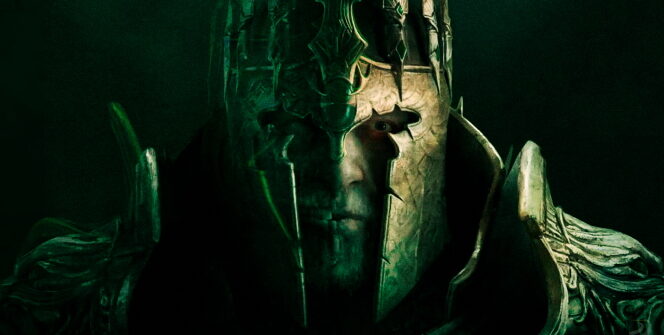
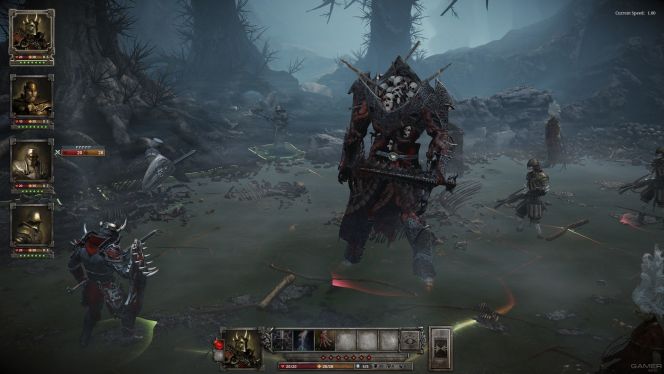
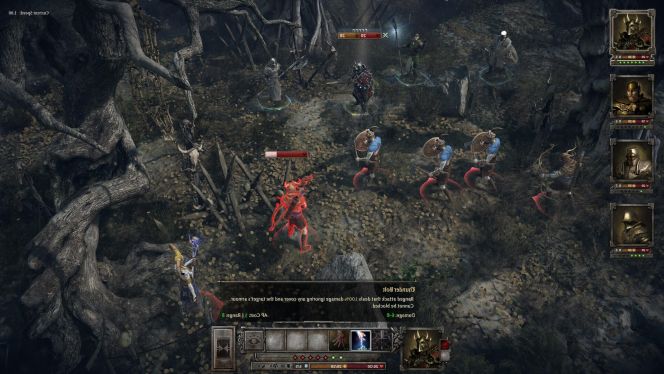
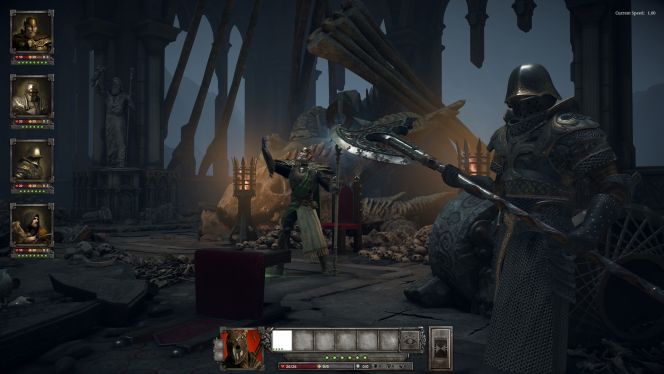
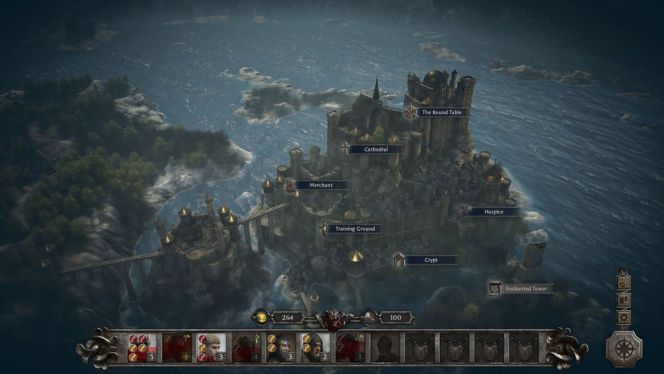
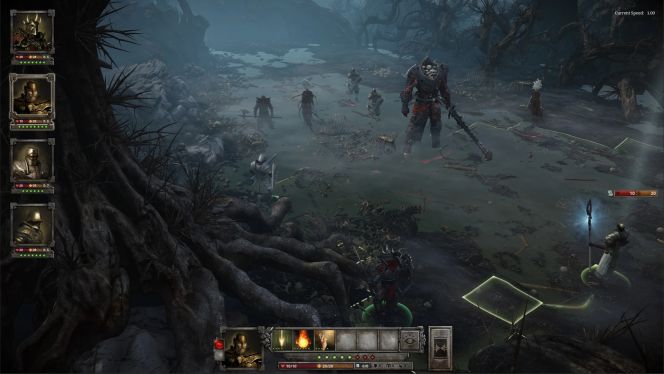
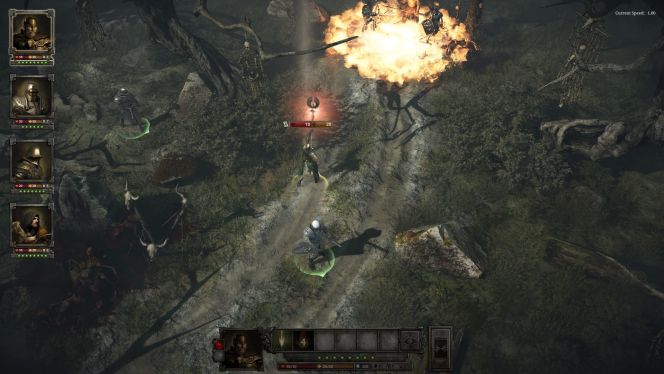
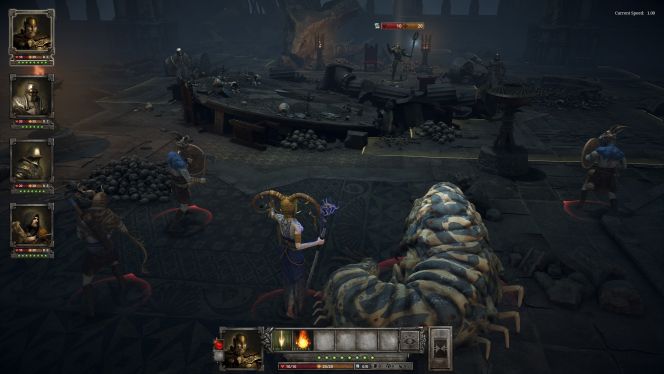
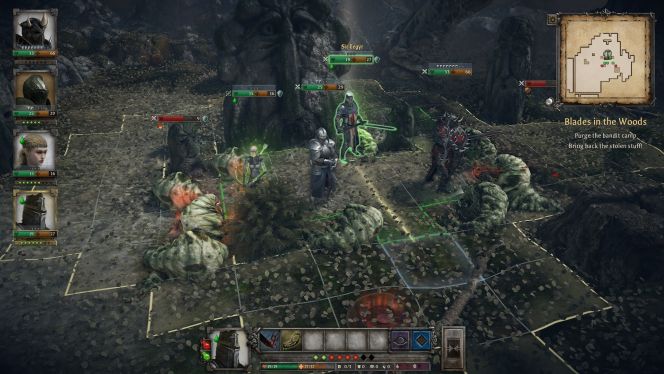
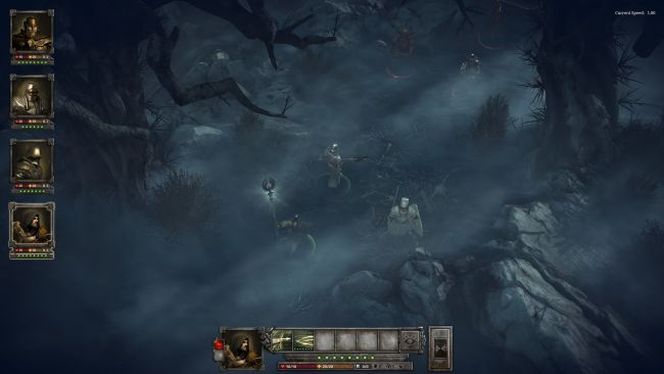



![[TGA 2025] Diablo IV: Lord of Hatred: A Character Class Returns! [VIDEO]](https://thegeek.games/wp-content/uploads/2025/12/theGeek-diablo-4-expansion-2-lord-of-hatred-paladin-skovos-horadric-cube-302x180.jpg)
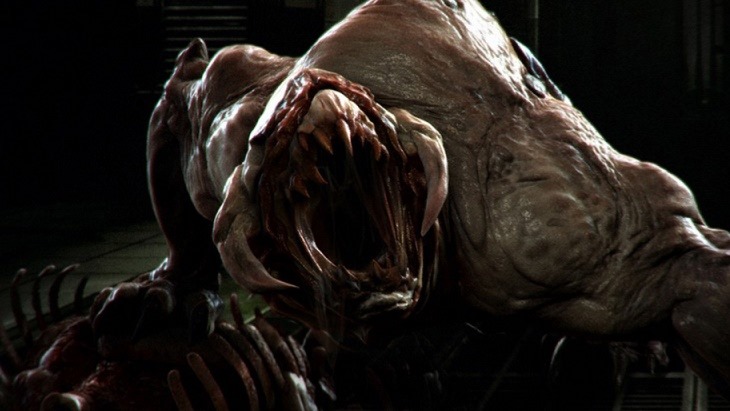







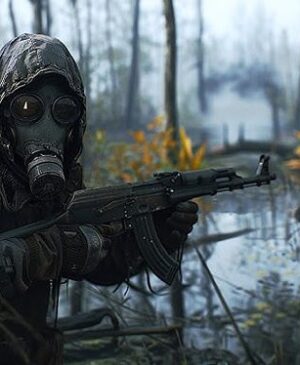
Leave a Reply